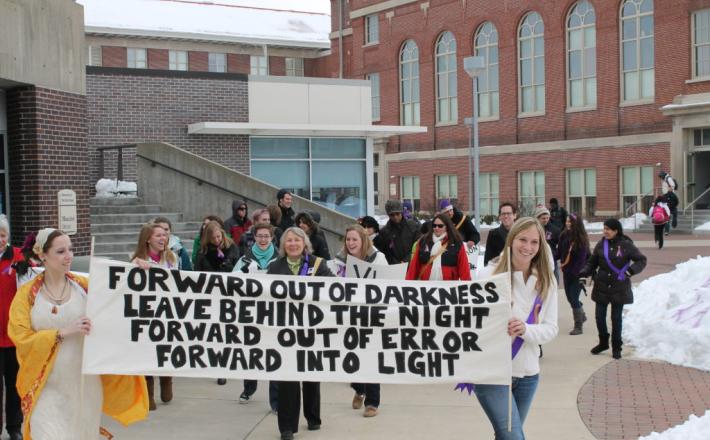What “Votes for Women” Means in 2020
Source: Ms Magazine
By Erin Vilardi,
As we celebrate Women’s Equality Day today—and openly recognize it’s flawed history in the full enfranchisement of all women—we continue the fight for equality and self-determination in our democracy. Next year, when we mark the centennial of (white) women’s suffrage in the U.S., the same rallying cry of the suffragists will remain our most powerful weapon.
The 2018 elections proved that “Votes for Women” has moved from granting women the right to vote to voting for women as candidates and incumbent elected officials. The groundbreaking midterms that year brought an extraordinary number of women into office, from remarkable takeovers at the state and local levels to a record-breaking number of Congressional wins.
The number of women who successfully ran in 2018 was so great that this election cycle was dubbed the “women’s wave” and a new kind of women’s political movement was born—more racially diverse, more outwardly feminist, proudly young and ambitious. In total, 86 statewide executives, including nine governors, 15 lieutenant governors and 62 other statewide executive offices are now held by women. Women also made history in the United States House of Representatives, winning over 100 seats for the first time ever—with young women of color leading the way. Approximately 2,118 women now serve in state legislatures across the country, meaning nearly 30 percent of the state legislature seats in all 50 states are filled by women. Perhaps the most notable moment of the women’s wave happened in Nevada, where women made history by making it the first state in America to have a majority-women legislature.
Click here to read the full article published by Ms Magazine on 26 August 2019.

By Erin Vilardi,
As we celebrate Women’s Equality Day today—and openly recognize it’s flawed history in the full enfranchisement of all women—we continue the fight for equality and self-determination in our democracy. Next year, when we mark the centennial of (white) women’s suffrage in the U.S., the same rallying cry of the suffragists will remain our most powerful weapon.
The 2018 elections proved that “Votes for Women” has moved from granting women the right to vote to voting for women as candidates and incumbent elected officials. The groundbreaking midterms that year brought an extraordinary number of women into office, from remarkable takeovers at the state and local levels to a record-breaking number of Congressional wins.
The number of women who successfully ran in 2018 was so great that this election cycle was dubbed the “women’s wave” and a new kind of women’s political movement was born—more racially diverse, more outwardly feminist, proudly young and ambitious. In total, 86 statewide executives, including nine governors, 15 lieutenant governors and 62 other statewide executive offices are now held by women. Women also made history in the United States House of Representatives, winning over 100 seats for the first time ever—with young women of color leading the way. Approximately 2,118 women now serve in state legislatures across the country, meaning nearly 30 percent of the state legislature seats in all 50 states are filled by women. Perhaps the most notable moment of the women’s wave happened in Nevada, where women made history by making it the first state in America to have a majority-women legislature.
Click here to read the full article published by Ms Magazine on 26 August 2019.